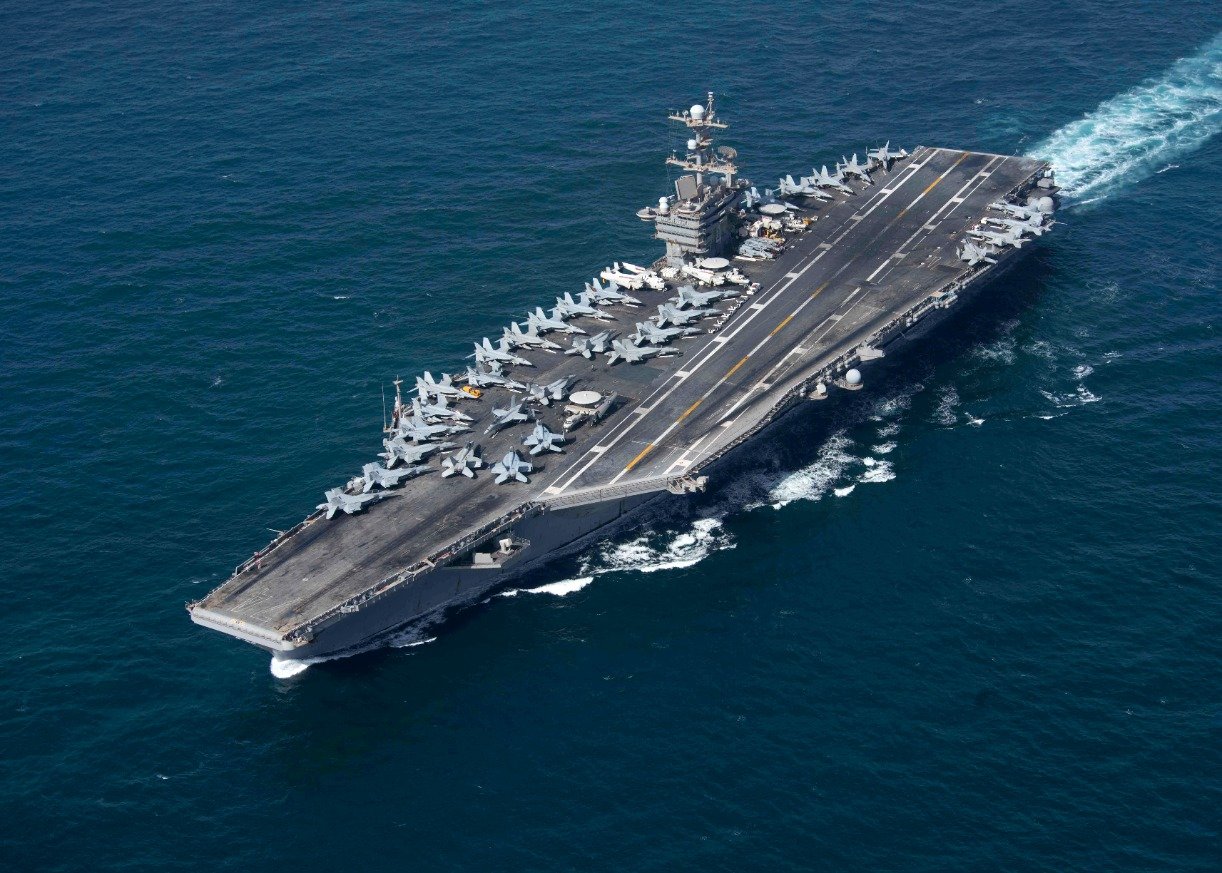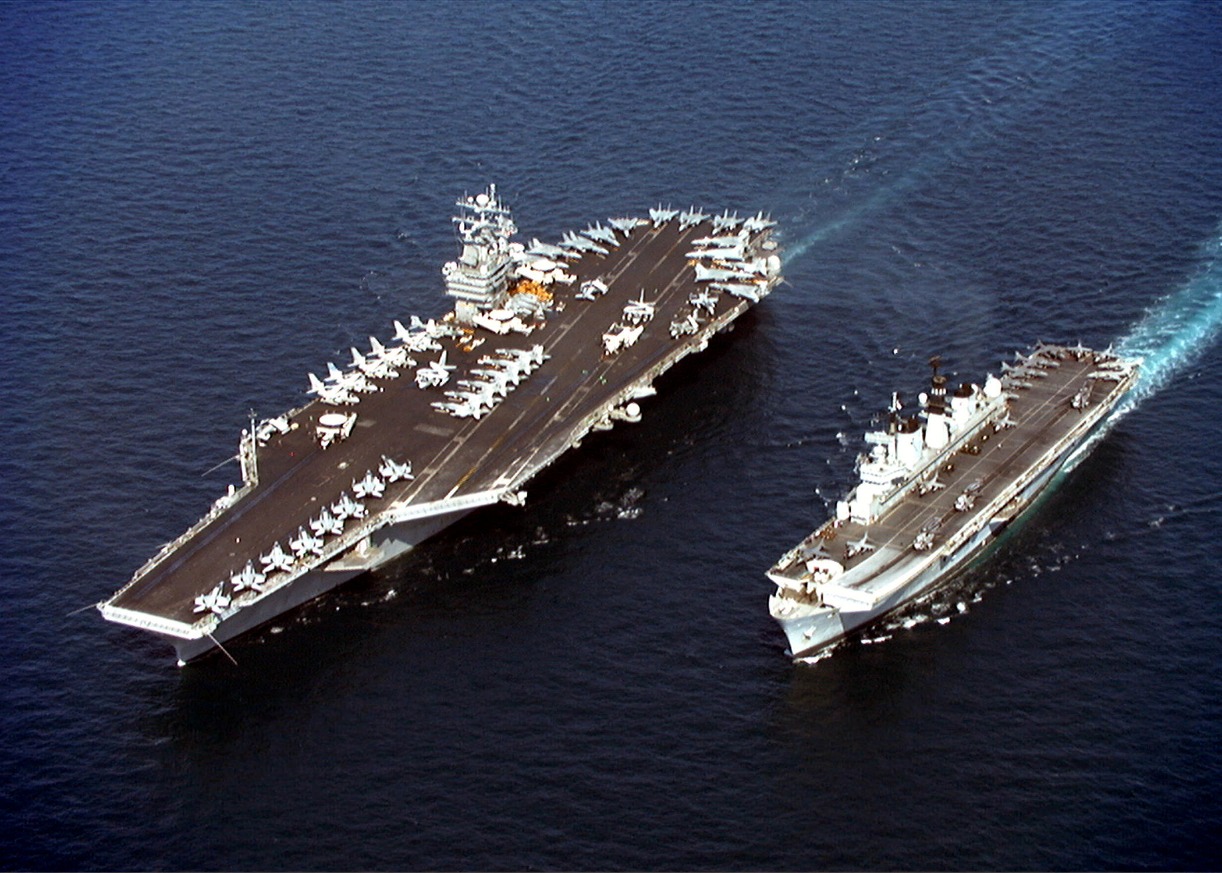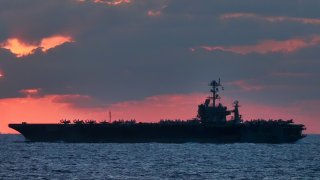'No Action for 5 Years Plus ': Nimitz-Class Aircraft Carrier Stennis Has a Problem
The USS John C. Stennis (CVN-74) is facing a significant delay in its midlife refueling and overhaul, extending the process by 14 months to nearly five and a half years.
Summary and What You Need to Know: The USS John C. Stennis (CVN-74) is facing a significant delay in its midlife refueling and overhaul, extending the process by 14 months to nearly five and a half years.
-Ongoing supply chain disruptions, labor shortages, and post-COVID challenges have impacted the upgrade timeline.
-Once completed, Stennis will be one of the most advanced Nimitz-class carriers, equipped with new propulsion systems, electronic upgrades, and enhanced technologies like the Joint Precision Approach and Landing System (JPALS). Despite delays, the Navy is working to accelerate production to ensure the carrier is fully mission-ready.
Navy's John C. Stennis Faces Lengthy Delay in Midlife Overhaul
The USS John C. Stennis (CVN-74) is facing a significant delay in its midlife refueling and overhaul, extending the process by 14 months to nearly five and a half years.
Ongoing supply chain disruptions, labor shortages, and post-COVID challenges have impacted the upgrade timeline.
Once completed, Stennis will be one of the most advanced Nimitz-class carriers, equipped with new propulsion systems, electronic upgrades, and enhanced technologies like the Joint Precision Approach and Landing System (JPALS). Despite delays, the Navy is working to accelerate production to ensure the carrier is fully mission-ready.
The U.S. Navy’s ship programs are facing years-long delays amidst ongoing budget crunches, labor shortages and other supply issues. From frigates and aircraft carriers to next-generation fighter jets and submarines, the service’s many upcoming projects appear to be falling behind.
The overhaul and refueling of the USS John C. Stennis carrier (CVN-74) will be impacted by these delays. Initially, the ship was expected to complete its massive, multi-billion-dollar overhaul in 2025. However, the Naval Sea Systems Command has divulged that Stennis will need an extension of nearly 14 months. In total, the overhaul process will take about five and a half years to complete if this timeline is not pushed back even further.
The overhaul process for John C. Stennis will require an additional 14 months:
While the John C. Stennis represents the seventh Nimitz-class carrier to be introduced to service back in the mid-1990’s, she will be the most technologically advanced in her class following the planned overhaul. All of the nuclear-powered Nimitz-class carriers require midlife refueling overhauls which occur at the 25-year mark.
Other additions, including the incorporation of newer electronic systems, propulsion systems and other emerging technologies are also integrated in this process. Even though this process has been delayed, Stennis will still once again sail the seas as one of the Navy’s formidable modern carriers.

Rear Adm. Casey J. Moton, Commander, Program Executive Office Aircraft Carriers detailed how despite these timing challenges, the wait for the new and improved Stennis will be well worth it:
“The Navy-Industry team is dealing with the lingering effects of a post-COVID industrial base—one that includes a reduced or unstable capability and capacity along with challenges in workforce recruitment, retention and proficiency. However, the bottom line is that fleet operators need us to deliver these capital assets to our warfighters ready for tasking, so we are working on a daily basis with our industry partners and within the Navy to accelerate problem solving and to speed production on the deck plates—all focused on delivering readiness. I am proud of our entire team for achieving this important production milestone towards redelivering USS John C. Stennis to the fleet.”
An overview of Stennis and the Nimitz-class:
USS John C. Stennis was named to honor the Mississippi State Senator and was first laid down in the early 1990’s by Newport News Shipbuilding. Like her sister Nimitz-class ships, she was developed to carry out sustained combat air operations while forward-deployed.
Stennis can carry up to 60 airframes, including various fixed-wing and rotary-wing aircraft with up to 90 different types. Equipped with some of the most cutting-edge capabilities, Stennis features the GPS-enabled aircraft carrier landing system called Joint Precision Approach and Landing System, which allows pilots landing on moving ships to be guided by more precise technology.

About the Author: Maya Carlin
Maya Carlin, National Security Writer with The National Interest, is an analyst with the Center for Security Policy and a former Anna Sobol Levy Fellow at IDC Herzliya in Israel. She has by-lines in many publications, including The National Interest, Jerusalem Post, and Times of Israel. You can follow her on Twitter: @MayaCarlin.
Image Credit: Creative Commons and Shutterstock.


